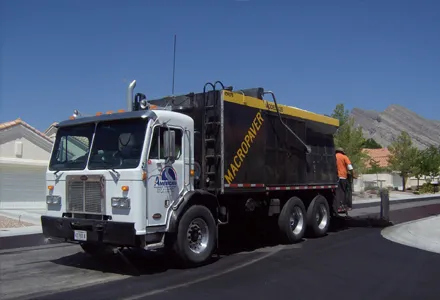A pilot scheme in the United Kingdom by Colas and Solar and Electric Gates (S&EG) is using a new automatic gate to help protect operatives in Area 7 work zones.
The Readi-Guard has been developed for the joint venture A-one+, led by infrastructure contractor Costain.
Colas and S&EG joined forces to engineer the gate system, which opens horizontally to allow authorised vehicles into work areas. It safeguards workers because manual gate operation is not required.
“The TM Access Gate is a well thought
December 11, 2015
Read time: 2 mins
A pilot scheme in the United Kingdom by Colas and Solar and Electric Gates (S&EG) is using a new automatic gate to help protect operatives in Area 7 work zones.
The Readi-Guard has been developed for the joint venture2316 A-one+, led by infrastructure contractor 2319 Costain.
184 Colas and S&EG joined forces to engineer the gate system, which opens horizontally to allow authorised vehicles into work areas. It safeguards workers because manual gate operation is not required.
“The TM Access Gate is a well thought-out solution to an issue that poses considerable risk to our workforce and the wider traffic management community,” said Ryan Wood, technical manager at Colas.
“Working with S&EG we have been able to develop a system that eliminates exposure to live traffic in situations when operatives are required to open works accesses. It is designed for ease of deployment and use in short-term works but is equally suited to longer term work sites.
"The innovation is important for the partners of the joint venture A-one+ because of its highways maintenance work in England. Two years ago, A-one+ won a two-year extension to its five-year managing agent contract, awarded the then Highways Agency, now called8100 Highways England.
Under the €81 million contract that ends in June next year, A-One+ is carrying out operational and routine maintenance services and highway improvements to the motorways and trunk roads in the East Midlands region of England.
The Readi-Guard has been developed for the joint venture
“The TM Access Gate is a well thought-out solution to an issue that poses considerable risk to our workforce and the wider traffic management community,” said Ryan Wood, technical manager at Colas.
“Working with S&EG we have been able to develop a system that eliminates exposure to live traffic in situations when operatives are required to open works accesses. It is designed for ease of deployment and use in short-term works but is equally suited to longer term work sites.
"The innovation is important for the partners of the joint venture A-one+ because of its highways maintenance work in England. Two years ago, A-one+ won a two-year extension to its five-year managing agent contract, awarded the then Highways Agency, now called
Under the €81 million contract that ends in June next year, A-One+ is carrying out operational and routine maintenance services and highway improvements to the motorways and trunk roads in the East Midlands region of England.








